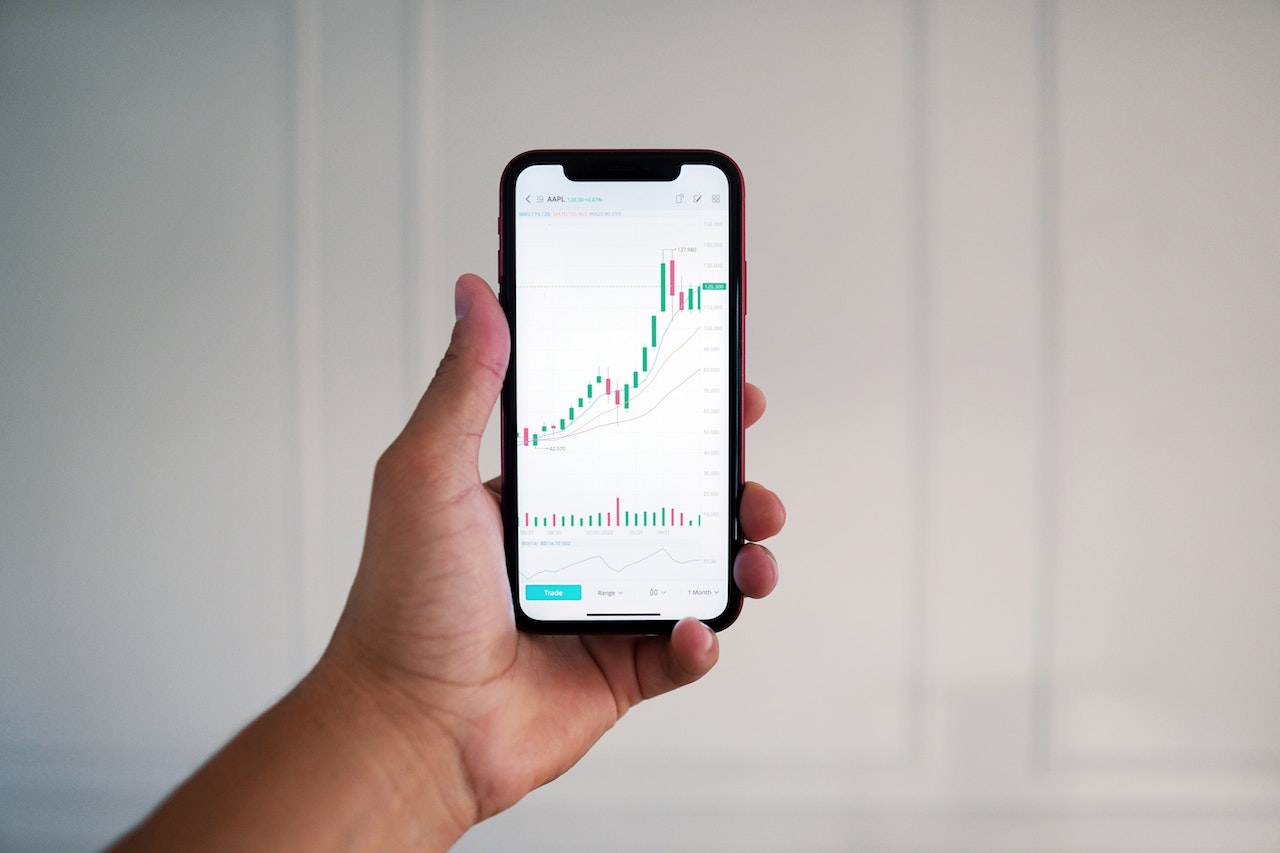- April 3, 2023
Understanding time frames in trading

Are you a financial trader looking to understand how the various time frames within trading can be leveraged for optimal performance? Today we’ll explore understanding time frames in trading and how they can be an essential tool for achieving success. It doesn’t matter if you are a beginner or veteran; learning about different types of time frames available is vital to making informed decisions in any market.
From shorter-term intraday strategies like scalping, day trading and swing trading right up through more long-term approaches such as position and trend following, plenty of options are available. In this guide, we’ll take an in-depth look at what each type of approach entails, discuss the advantages & risks involved with each strategy, and provide some handy tips on getting started.
What is a time frame in trading, and why does it matter for your strategies
Time frames in trading are crucial to consider when creating and implementing your strategies. They are the roadmap outlining how you have chosen to move through a given market- whether you look at trends over an hourly, daily, or weekly chart, it all depends on your objectives and risk tolerance. By choosing the right time frame for your strategy and ensuring it complements your goals as a trader, you can find yourself strikingly successful in any marketplace.
Time frames can help remove emotion from the decision-making process and play an especially crucial role in managing trades and controlling losses when needed. It’s essential to consider which time frame will best suit you and how each might shift or expand your perspectives, leading you closer to success.
Different types of time frames and their strengths and weaknesses
There are several categories regarding the types of time frames available in trading. These range from intraday, which involves looking at stocks or other markets hourly, right up through longer-term strategies such as position and trend following, which involve taking a much more holistic view of the marketplace. Let’s take a closer look:
Intraday (1 hour): This type of trading is characterized by very short-term moves, usually within a single day. The focus here is on taking advantage of small daily gains as stocks increase. It’s an excellent choice for those looking to trade in high frequency but carries some risk due to the shorter time frames.
Day Trading (24 hours): This trading style looks at stocks or other markets over an entire day, allowing traders to capitalize on long- and short-term trends. The advantage here is that you only need to keep track of stocks all day until you close out your trades. The downside, however, is that the market can move quickly, making it challenging to take advantageous positions.
Swing Trading (3 – 7 days): This type of trading looks at stocks over several days, allowing investors to capitalize on long- and short-term trends. It’s an excellent option for those looking to get into stocks but doesn’t have the time to monitor them all day. The downside is that it can be a bit more volatile as stocks can move quickly within a few days, making it difficult to take advantage of all opportunities.
Position Trading (3 – 12 months): This method is designed for longer-term investors and takes a more holistic view of the market, looking at stocks over several months or even years. The advantage here is that you can take advantage of more significant trends as they develop without worrying about day-to-day fluctuations. The downside is that it can take longer to see results, and you may miss out on some of the more immediate opportunities.
Trend Following (Years): This type of trading is about identifying and exploiting long-term trends. Traders here look at stocks over a more extended period, often years, and rely on underlying trends to decide when to buy or sell. The advantage is that you can take advantage of more significant movements in stocks, but the downside is that it can take time to follow these trends closely as they move over time.
By understanding the different types of time frames in trading, you can better tailor your strategies towards success. It’s essential, however, to consider the type of frame you use and how well it complements your goals as a trader.
Tips for getting started with trading
When starting with trading, there are many things you’ll need to get familiar with before taking the plunge. Here are some tips to help you get started:
The main thing to understand is that everyone’s trading strategy will be slightly different – no one-size-fits-all approach exists. Make sure you take the time to create a plan and strategy that work for you and your goals.
It’s also essential to understand the risk involved in each type of trade and your financial capabilities and limitations. Start small and focus on controlling losses when needed.
Finally, it pays to research before entering any particular market or asset class. You might find yourself overwhelmed trying to keep up with the latest news and economic factors, so stay informed but don’t feel like you have to know everything at once.
